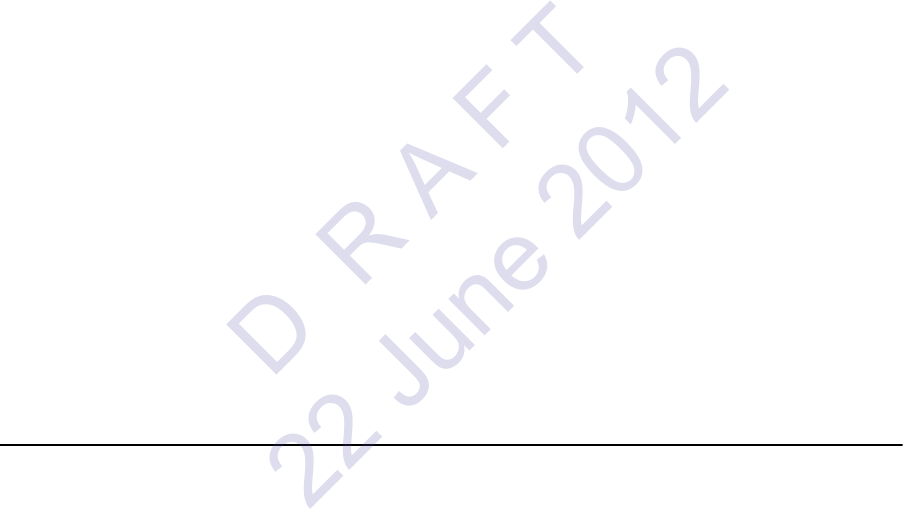User's Manual
Table Of Contents
- Telemetry Transmitter
- Table of Contents
- Conventions Used in This Manual 1-1
- Nurses 1-7
- Monitor Technicians 1-7
- Biomedical Engineers 1-7
- Physicians 1-7
- Patients 1-7
- Sources of Interference 1-8
- Potential Sources of Damage 1-8
- Optional Leadwire Grouper 2-3
- Leadwire Color Codes 2-4
- Telemetry Channel Label 2-5
- Adult Electrode Placement 3-3
- Lead Fault Indication 3-4
- Noise Detection 3-4
- False Alarms 3-5
- Traditional Pulse Oximetry 3-5
- Electrodes, Leadwires, Sensors, and Sensor Cables 3-7
- Electrodes, Leadwires, Sensors and Sensor Cables 3-8
- Spacelabs Healthcare Technology 3-13
- Additional Information for Telemetry Products 3-13
- Telemetry 3-13
- Heart Rate Averaging 3-13
- Spacelabs Healthcare SpO2 Sensors 3-18
- Additional Information 3-18
- Transmitter Batteries 4-1
- Host Monitors 4-2
- Telemetry Receiver Module 4-2
- Assigning a Telemetry Channel 4-3
- Top, Front and Bottom View (96281-C) 4-4
- Rear View (96281-C) 4-5
- Front View (96281-A) 4-6
- Battery Compartment (96281-A, 96281-B, 96281-C) 4-7
- ECG 4-12
- SpO2 4-14
- Cleaning/Disinfecting 5-1
- Recommended Cleaning Solutions 5-2
- Basic Cleaning and Low-level Disinfection 5-3
- Cleaning ECG Leadwires 5-3
- Cleaning Buttons 5-3
- Cleaning the Battery Cover 5-3
- Table 1—Electromagnetic Emmissions A-1
- Table 2—Electromagnetic Immunity A-2
- Table 2—Electromagnetic Immunity (continued) A-3
- Table 3—Separation Distances A-4
- Introduction
- About the Transmitters
- ECG and SpO2
- ECG Overview
- Patient Preparation and Electrode Application
- To Set Up ECG Monitoring
- ECG Problem Solving
- SpO2 Overview
- Warnings and Cautions for SpO2
- Setting Up SpO2 Monitoring
- Ensuring Accurate SpO2 Monitoring
- SpO2 and Pulse Rate Specifications
- Using the Sensorwatch Feature
- Enabling and Adjusting Alarms
- Data Averaging
- Display Details at the Host Monitor
- Printing SpO2 Waveforms
- SpO2 Messages at the Host Monitor
- Sensors
- SpO2 Alarm Delays
- SpO2 Troubleshooting Guide
- Basic Operations
- Getting Started
- Basic Components
- Selecting Options for Leads
- Basic User Actions
- Basic Modes of Operation
- View Mode
- Status Messages at the Host Monitor
- Telemetry Transmitter with ECG Only Troubleshooting Guide
- Telemetry Transmitter with Display Troubleshooting Guide
- Telemetry Transmitter with Display and SpO2 Troubleshooting Guide
- Cleaning, Disinfecting, and Sterilization
- Appendix A — Guidance and Manufacturer’s Declaration
- Appendix B — Symbols

C LEANING, DISINFECTING, AND STERILIZATION
TELEMETRY TRANSMITTER (96281) OPERATIONS MANUAL 5-2
• Do not immerse the equipment or cables in water or cleaning solutions.
• Do not autoclave.
Recommended Cleaning Solutions
Use only the recommended cleaning solutions that follow:
• Mild soap and water solution
• U.S. Pharmacopoeia (USP) green soap
• Sodium hypochlorite solution (1:10 dilution of household chlorine bleach in water)
• Phenolic germicidal detergent (1% aqueous solution)
• Isopropyl alcohol (70% solution)
Caution:
Questions and concerns about cleaning issues should be directed to Spacelabs
Healthcare Technical Support.
Note:
• Repeated use of a chlorine bleach solution may cause some colors to fade.
• Tape adhesive can be removed with Spacelabs Healthcare adhesive tape remover pads
(P/N 392196-001).
Accessories
• Where provided, obey the manufacturers' instructions concerning disposable and reusable
supplies.
• As applicable, obey your hospital protocol concerning cleaning, disinfection, and/or
sterilization of reusable supplies.
• Obey hospital protocols to dispose of used and contaminated single-use accessories.
Cleaning and Disinfecting the 96281Telemetry
Transmitters and Cables
In normal use the product is worn by one hospital patient for a few days. Clean and disinfect the
transmitter after every procedure and/or before it is worn by another patient. There is a risk that the
product may carry dangerous levels of infectious agents to the next patient if it is not adequately
cleaned and/or disinfected.
Refer to Recommended Cleaning Solutions on page 5-2 for a list of acceptable cleaning solutions.
D R A F T
22 June 2012










